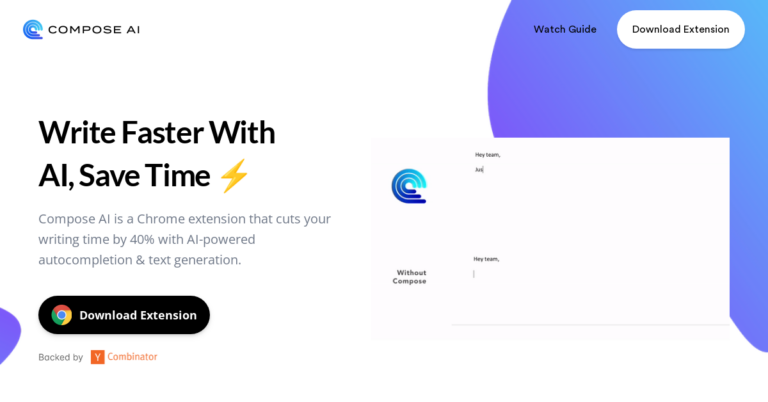Revolutionizing Image Editing with AI Tools: How They Can Transform Your Visual Content
Summary:
Artificial intelligence (AI) has revolutionized various industries, and image editing is no exception. AI tools have the ability to transform your visual content, making it more appealing and professional. These tools are user-friendly and require minimal effort to produce amazing results. In this article, we will explore how AI tools can revolutionize image editing.
Table of Content:
1. Introduction
2. Benefits of AI image editing
3. AI tools to enhance your visual content
4. How AI is changing the future of image editing
5. Recap
6. Conclusion
Introduction:
Image editing has come a long way since the introduction of Photoshop. However, traditional image editing tools require a certain level of expertise to produce high-quality results. With the advent of AI, image editing has become more accessible and user-friendly. AI tools can analyze and enhance images, making them more visually appealing. In this article, we will explore the benefits of AI image editing and the tools available to transform your visual content.
Benefits of AI Image Editing:
1. Time-Saving: AI tools can automatically edit images, reducing the time and effort required to produce high-quality results.
2. Consistency: AI tools can apply the same edits to multiple images, ensuring consistency throughout your visual content.
3. Enhancements: AI tools can analyze images and enhance them, bringing out the best in your visual content.
4. User-Friendly: AI tools are easy to use, requiring minimal expertise to produce amazing results.
AI Tools to Enhance Your Visual Content:
1. Adobe Sensei: Adobe Sensei is an AI tool within Adobe Creative Cloud that can analyze images and make automatic edits, such as removing unwanted objects and enhancing color.
2. Canva: Canva is a popular graphic design tool that uses AI to suggest design elements and layout options based on your content.
3. Remove.bg: Remove.bg is an AI tool that can automatically remove the background from images, making it easy to create transparent images.
4. DeepArt.io: DeepArt.io is an AI tool that can transform images into artistic styles, such as impressionism or cubism.
5. Pixlr: Pixlr is an AI-powered photo editor that can automatically enhance images and remove imperfections.
How AI is Changing the Future of Image Editing:
The future of image editing is exciting with the integration of AI. AI tools are becoming more sophisticated, allowing for more advanced editing options. In the future, AI tools may be able to analyze images and suggest edits based on your brand’s style guide. AI may also be able to create custom filters based on your visual content, making it easier to create a cohesive aesthetic.
Recap:
AI tools have revolutionized image editing, making it more accessible and user-friendly. These tools can save time, ensure consistency, enhance images, and require minimal expertise. Adobe Sensei, Canva, Remove.bg, DeepArt.io, and Pixlr are just a few examples of the AI tools available to transform your visual content. The future of image editing is exciting with the integration of AI, allowing for more advanced editing options and custom filters.
Conclusion:
AI tools have transformed image editing and made it more accessible to a wider audience. These tools can save time, ensure consistency, enhance images, and require minimal expertise. As AI tools become more sophisticated, the future of image editing is exciting with the potential for custom filters and advanced editing options. AI tools are a game-changer for visual content creators and should be considered in any image editing workflow.
#Revolutionizing #Image #Editing #Tools #Transform #Visual #Content


